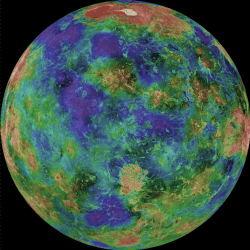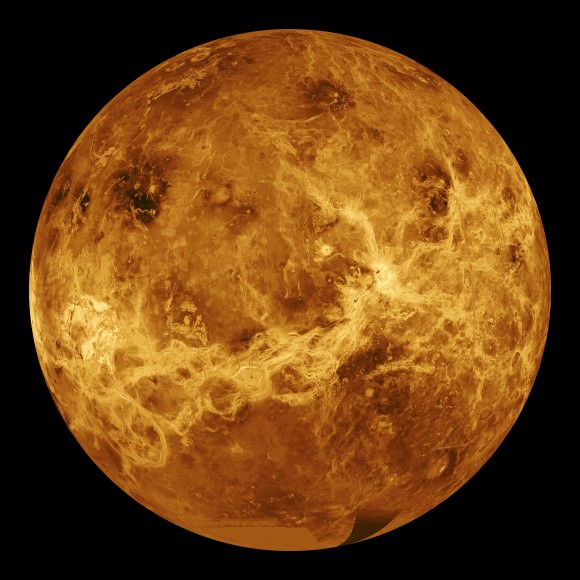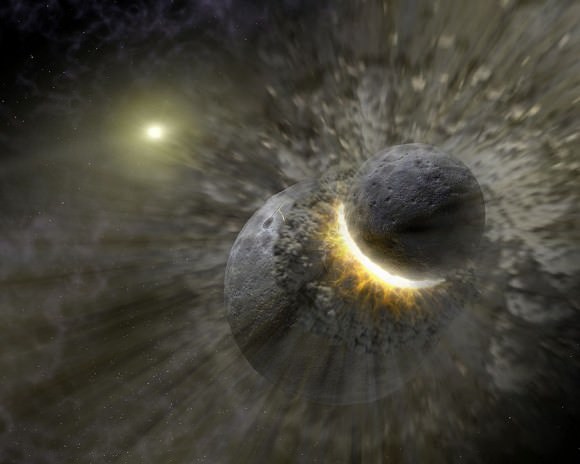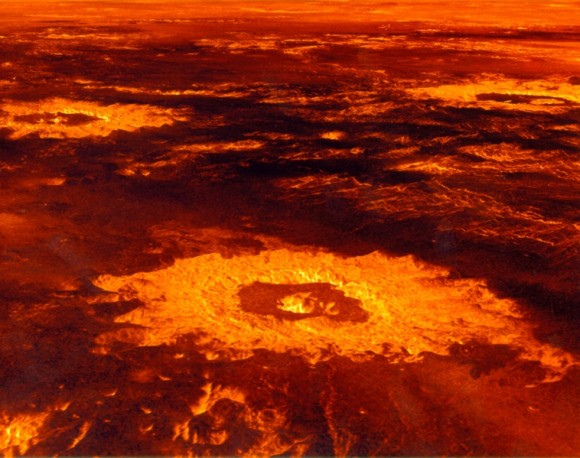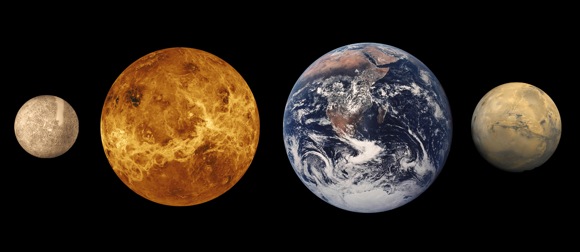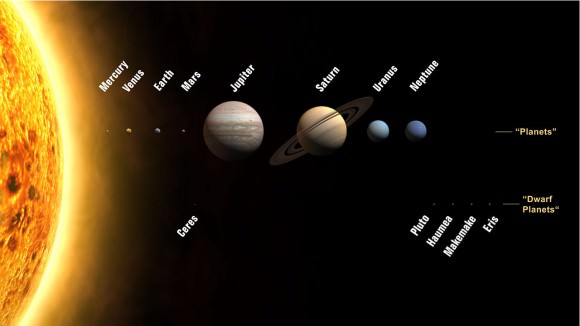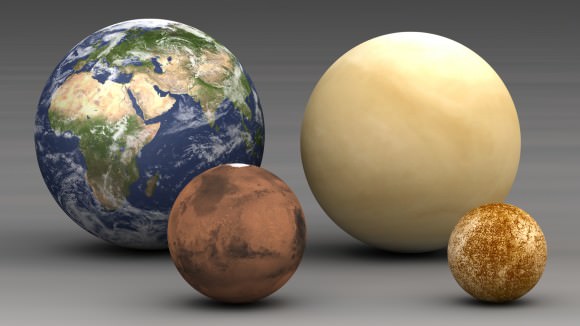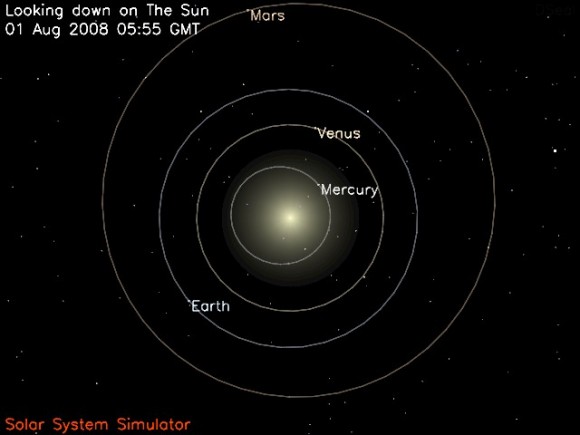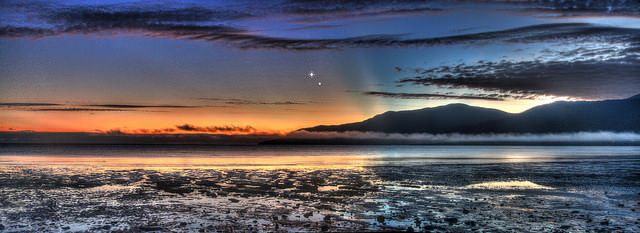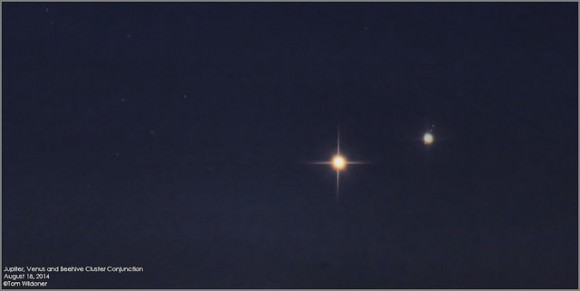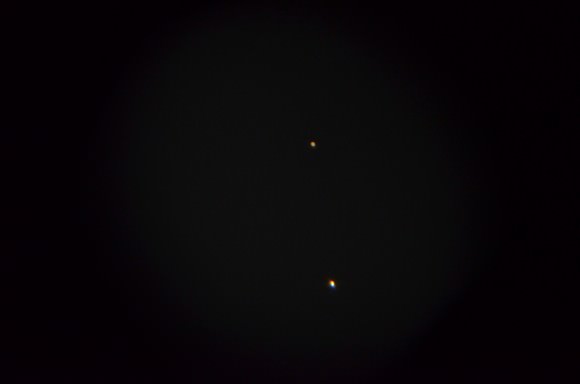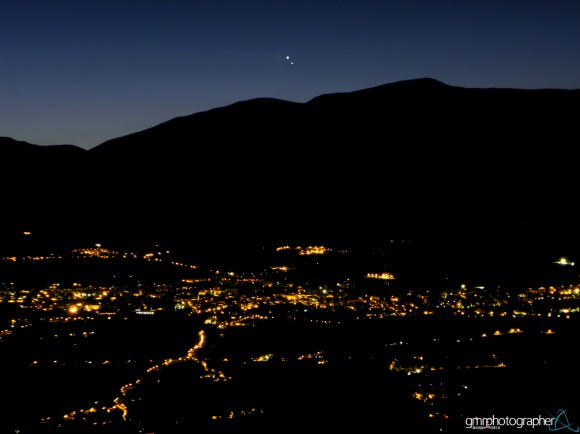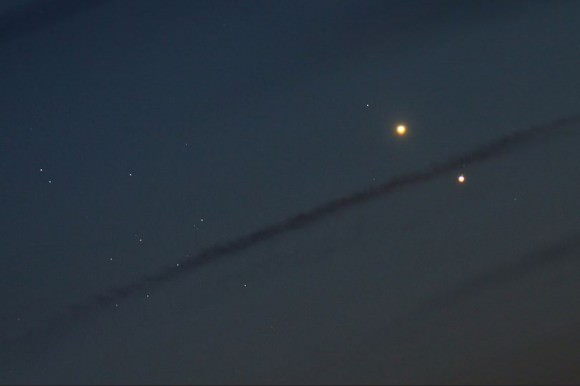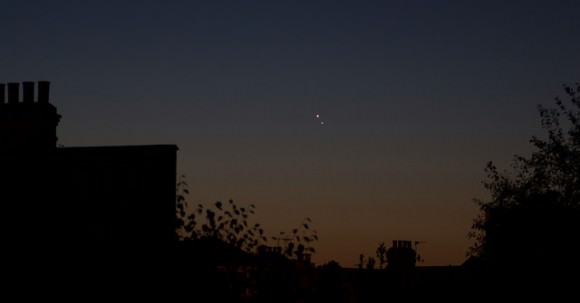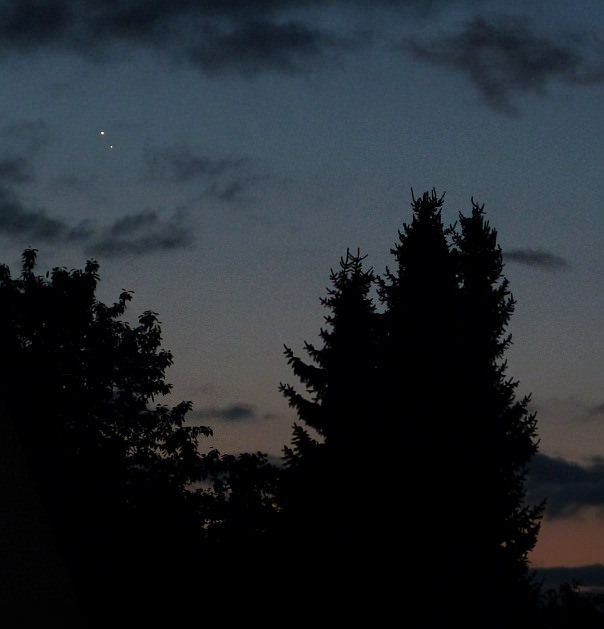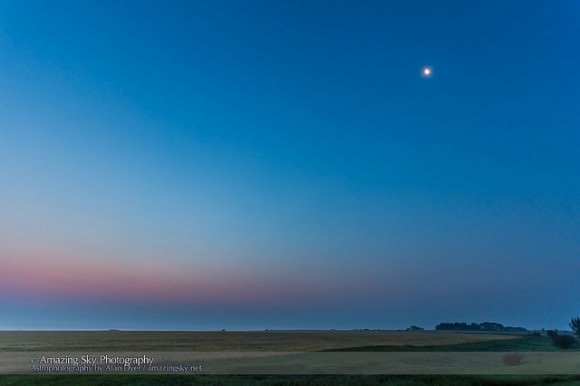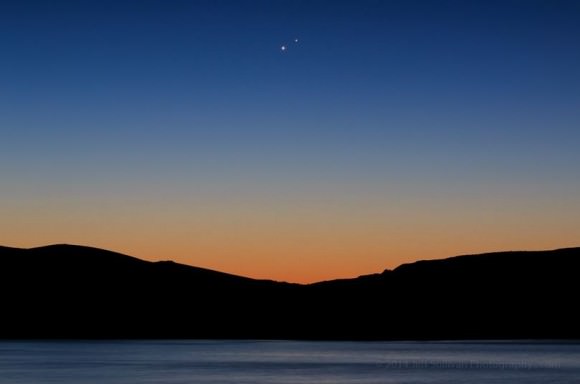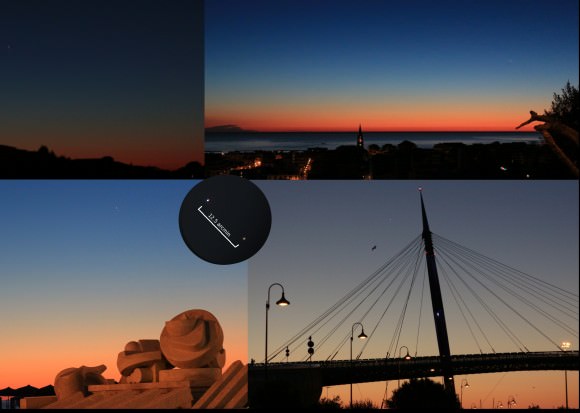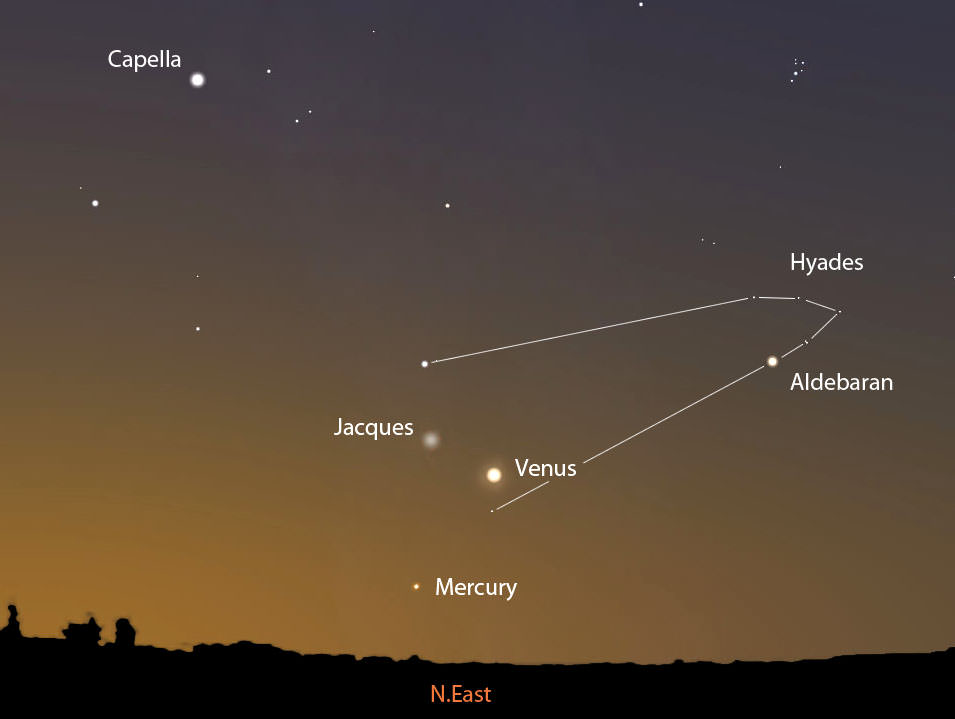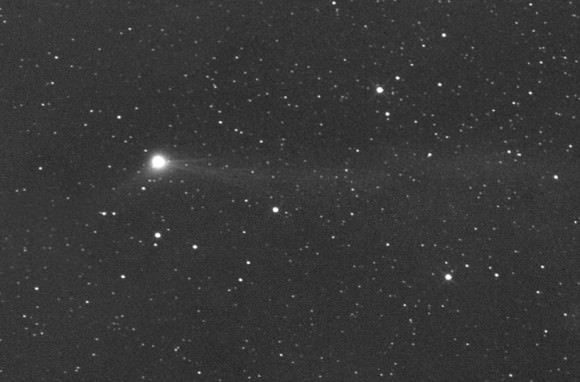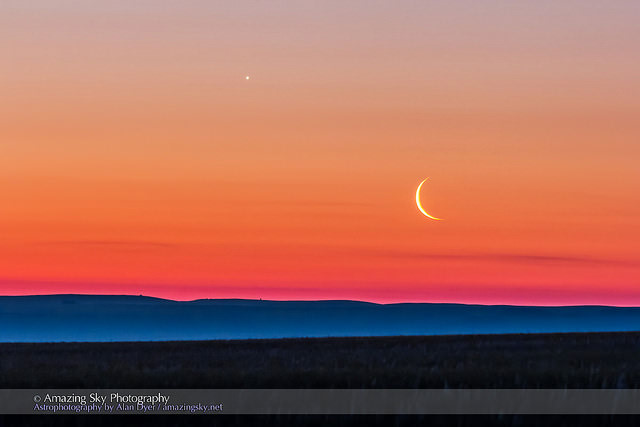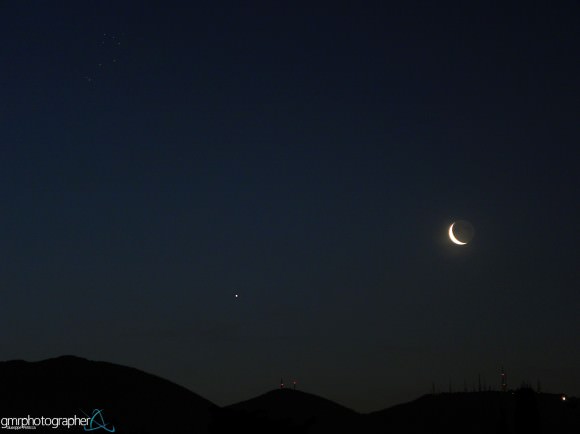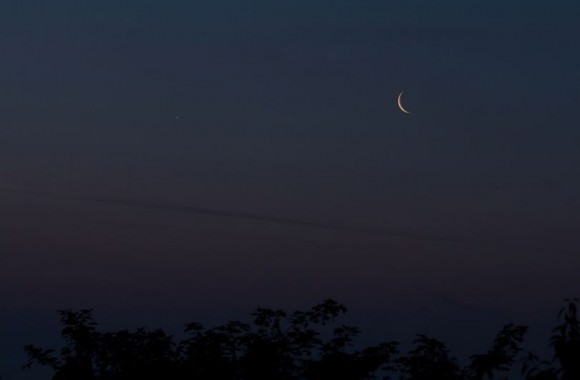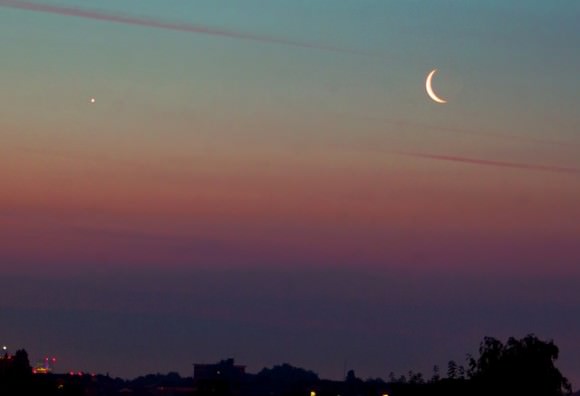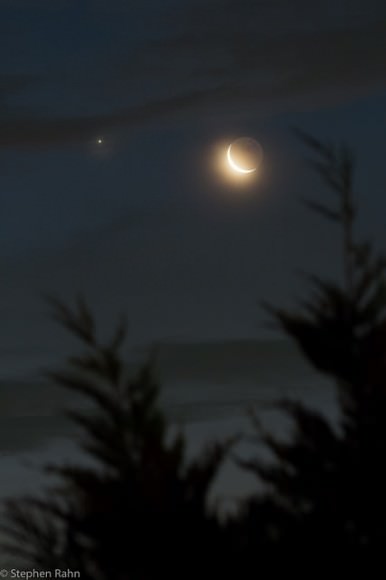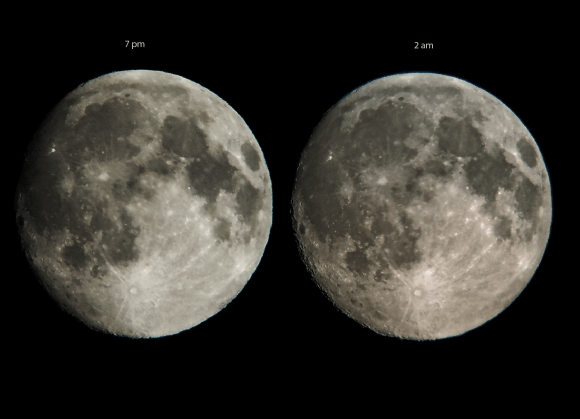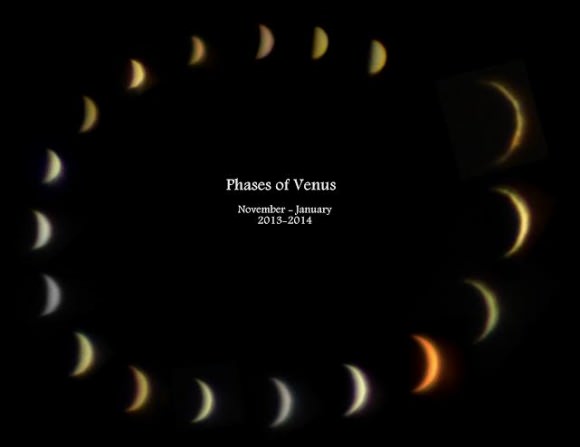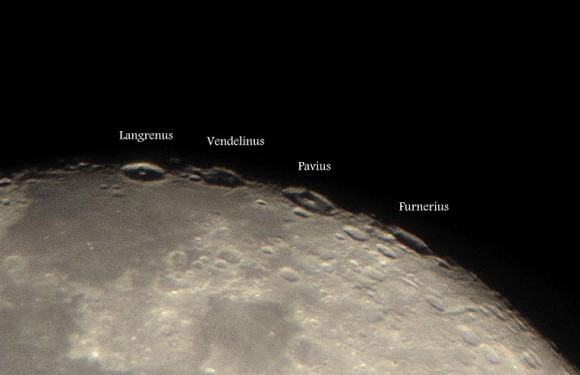Venus is often referred to as our “sister planet,” due to the many geophysical similarities that exist between it Earth. For starters, our two planets are close in mass, with Venus weighing in at 4.868 x 1024 kg compared to Earth’s 5.9736×1024 kg. In terms of size, the planets are almost identical, with Venus measuring 12,100 km in diameter and Earth 12,742 km.
In terms of density and gravity, the two are neck and neck – with Venus boasting 86.6% of the former and 90.7% of the latter. Venus also has a thick atmosphere, much like our own, and it is believed that both planets share a common origin, forming at the same time out of a condensing clouds of dust particles around 4.5 billion years ago.
However, for all the characteristics these two planets have in common, average temperature is not one of them. Whereas the Earth has an average surface temperature of 14 degrees Celsius, the average temperature of Venus is 460 degrees Celsius. That is roughly 410 degrees hotter than the hottest deserts on our planet.
In fact, at a searing 750 K (477 °C), the surface of Venus is the hottest in the solar system. Venus is closer to the Sun by 108 million km, (about 30% closer than the Earth), but it is mainly due to the planet’s thick atmosphere. Unlike Earth’s, which is composed primarily of nitrogen, oxygen and ozone, Venus’ atmosphere is an incredibly dense cloud of carbon dioxide and sulfur dioxide gas.
The combination of these gases in high concentrations causes a catastrophic greenhouse effect that traps incident sunlight and prevents it from radiating into space. This results in an estimated surface temperature boost of 475 K (201.85 °C), leaving the surface a molten, charred mess that nothing (that we know of) can live on. Atmospheric pressure also plays a role, being 91 times that of what it is here on Earth; and clouds of toxic vapor constantly rain sulfuric acid on the surface.
In addition, the surface temperature on Venus does not vary like it does here on Earth. On our planet, temperatures vary wildly due to the time of year and even more so based on the location on our planet. The hottest temperature ever recorded on Earth was 70.7°C in the Lut Desert of Iran in 2005. On the other end of the spectrum, the coldest temperature ever recorded on Earth was in Vostok, Antarctica at -89.2 C.
But on Venus, the surface temperature is 460 degrees Celsius, day or night, at the poles or at the equator. Beyond its thick atmosphere, Venus’ axial tilt (aka. obliquity) plays a role in this temperature consistency. Earth’s axis is tilted 23.4 ° in relation to the Sun, whereas Venus’ is only tilted by 3 °.
The only respite from the heat on Venus is to be found around 50 km into the atmosphere. It is at that point that temperatures and atmospheric pressure are equal to that of Earth’s. It is for this reason that some scientists believe that floating habitats could be constructed here, using Venus’ thick clouds to buoy the habitats high above the surface. Additionally, in 2014, a group of mission planners from NASA Langely came up with a mission to Venus’ atmosphere using airships.
These habitats could play an important role in the terraforming of Venus as well, acting as scientific research stations that could either fire off the excess atmosphere off into space, or introduce bacteria or chemicals that could convert all the CO2 and SO2 into a hospitable, breathable atmosphere.
Beyond the fact that it is a hot and hellish landscape, very little is known about Venus’ surface environment. This is due to the thick atmosphere, which has made visual observation impossible. The sulfuric acid is also problematic since clouds composed of it are highly reflective of visible light, which prevents optical observation. Probes have been sent to the surface in the past, but the volatile and corrosive environment means that anything that lands there can only survive for a few hours.

What little we know about the planet’s surface has come from years worth of radar imaging, the most recent of which was conducted by NASA’s Magellan spacecraft (aka. the Venus Radar Mapper). Using synthetic aperture radar, the robotic space probe spent four years (1990-1994) mapping the surface of Venus and measuring its gravitational field before its orbit decayed and it was “disposed of” in the planet’s atmosphere.
The images provided by this and other missions revealed a surface dominated by volcanoes. There are at least 1,000 volcanoes or volcanic centers larger than 20 km in diameter on Venus’ harsh landscape. Many scientists believe Venus was resurfaced by volcanic activity 300 to 500 million years ago. Lava flows are a testament to this, which appear to have produced channels of hardened magma that extend for hundreds of km in all directions. The mixture of volcanic ash and the sulfuric acid clouds is also known to produce intense lightning and thunder storms.
The temperature of Venus is not the only extreme on the planet. The atmosphere is constantly churned by hurricane force winds reaching 360 kph. Add to that the crushing air pressure and rainstorms of sulfuric acid, and it becomes easy to see why Venus is such a barren, lifeless rock that has been hard to explore.
We have written many articles about Venus for Universe Today. Here are some interesting facts about Venus, and here’s an article about Venus Greenhouse Effect. And here is an article about the many interesting pictures taken of Venus over the past few decades.
If you’d like more information on Venus, check out Hubblesite’s News Releases about Venus, and here’s a link to NASA’s Solar System Exploration Guide on Venus.
We’ve also recorded an entire episode of Astronomy Cast all about Venus. Listen here, Episode 50: Venus.
Reference:
NASA



